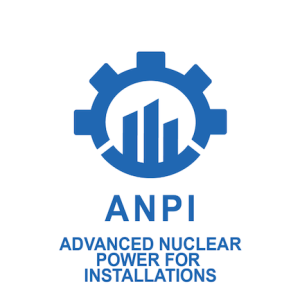 The US Department of Energy (DOE) has awarded a $2.5 million grant to Constellation and its project partners to explore the benefits of constructing direct air capture (DAC) technology at the company’s Byron nuclear power plant in Northern Illinois.
The US Department of Energy (DOE) has awarded a $2.5 million grant to Constellation and its project partners to explore the benefits of constructing direct air capture (DAC) technology at the company’s Byron nuclear power plant in Northern Illinois.
While nuclear plants do not produce any carbon emissions, direct air capture would remove carbon dioxide directly from the atmosphere, a possible next-generation technology to help combat the climate crisis, DOE noted.
Constellation will partner with 1PointFive, Worley Group, Carbon Engineering Ltd, Pacific Northwest National Laboratory and the University of Illinois Urbana-Champaign to research the viability of DAC technology at Byron.
Joseph Dominguez, CEO of Constellation said: “We need many new solutions to address the climate crisis and exploring this technology at one of our clean energy centres is a positive step driving us toward a carbon-free future.”
The DAC project could capture 250,000 tons of carbon dixoide each year, reducing global carbon emissions and helping to decarbonise energy intensive sectors of the economy. The study will also focus on the potential for a nuclear plant to become the centre of a direct air carbon capture hub, partnering the DAC technology with storage of CO2.
“Carbon dioxide removal is essential” to zeroing out greenhouse gas emissions, according to a report issued earlier this month by the United Nations’ Intergovernmental Panel on Climate Change. The report stated the world must act now to reduce emissions before global temperatures rise to dangerous levels by the year 2050.
The carbon-removal DAC study at Byron Station will involve Carbon Engineering’s DAC technology, licensed to 1PointFive, within plant operations at the Byron nuclear plant and its twin 495-foot-tall hyperbolic cooling towers. In the proposed study, a chemical solution would be added to water flowing through the facility’s main condenser on the non-nuclear side of the plant. After travelling through the condenser, the water would travel out to the cooling towers, where CO2 in the air will attach itself to the chemical solution and become captured and sequestered for later use, potentially in industrial processes that will have net zero emissions ranging from creating sustainable aviation fuel to beverage industry (carbonation) production.
The study, which is expected to conclude in 2023, is designed to leverage the massive flow of clean water vapor from the cooling towers to eliminate carbon emissions created by emitting power plants, transportation and other industrial sources. The study will inform any future decisions around how and where a DAC facility might be integrated with a nuclear plant.
In the UK, EDF Energy has been studying the potential for direct air capture as well as hydrogen production at it planned Sizewell C nuclear plant. Sizewell C, together with its partners (University of Nottingham, Strata Technology, Atkins and Doosan Babcock), is developing a heat-powered DAC technology that can in the future be scaled up and integrated with the Sizewell C power plant. The unique heat-powered DAC design will offer increased efficiency and less reliance on electricity compared to existing DAC technology.
Photo: Byron nuclear power plant (Credit: Exelon)






